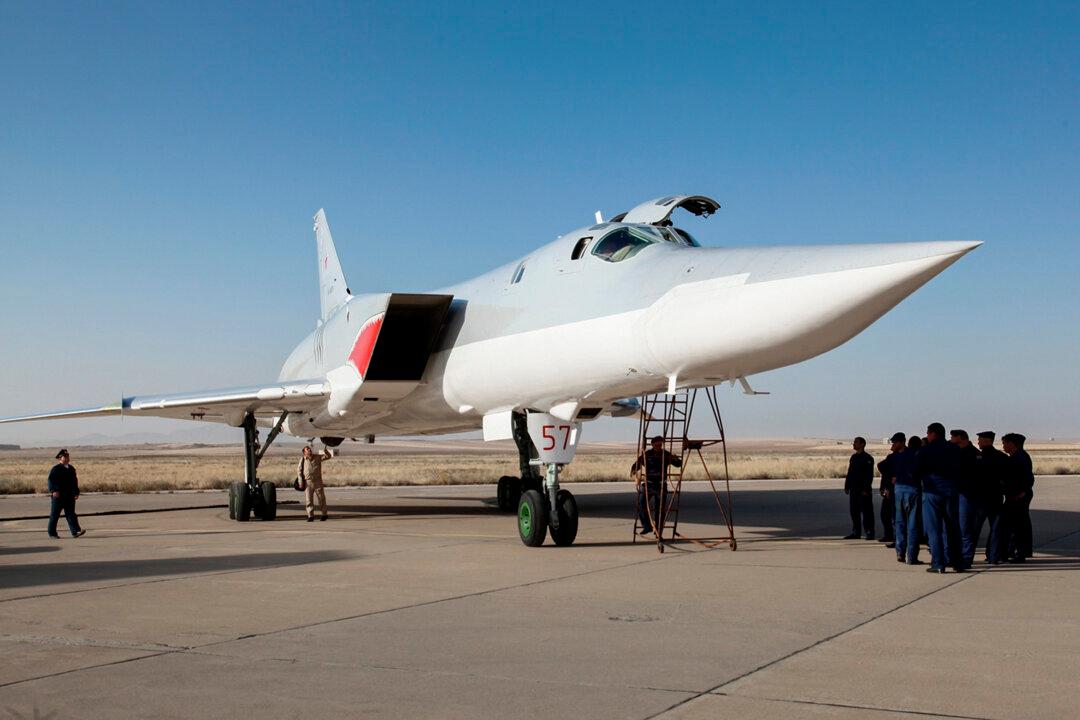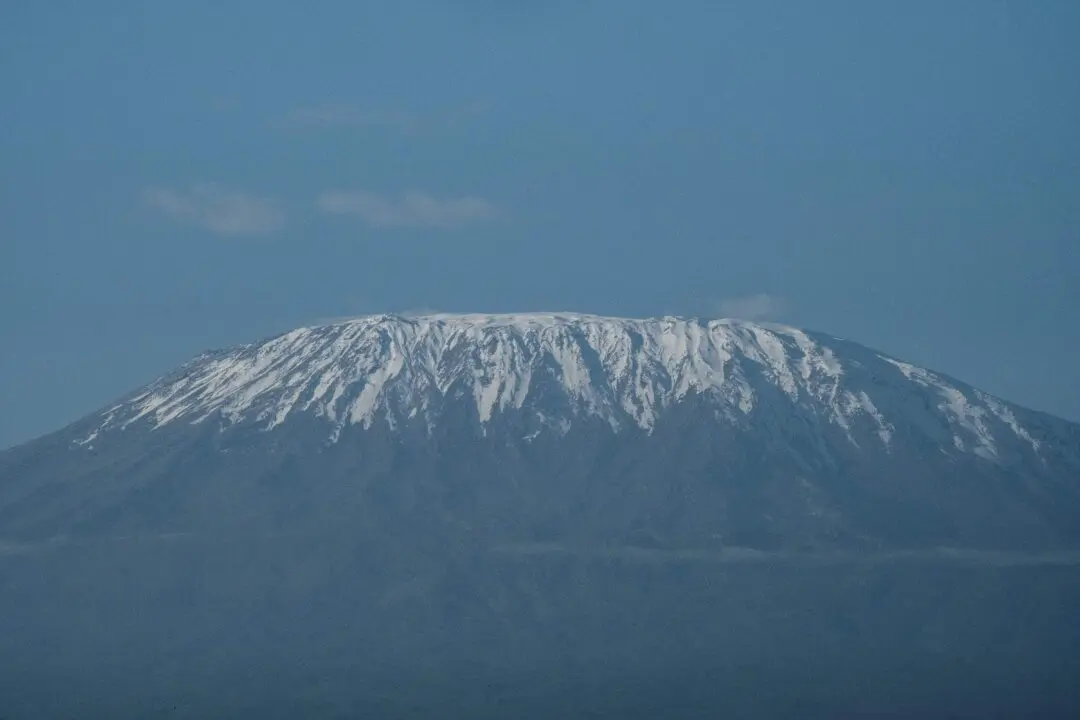TEHRAN, Iran—Russia has stopped using an Iranian air base for launching airstrikes on Syria for the time being, Iran’s Foreign Ministry spokesman said Monday, just hours after the Iranian defense minister criticized Moscow for having “kind of show-off and ungentlemanly” attitude by publicizing their actions.
There was no immediate response from Moscow, which had used the Shahid Nojeh Air Base to refuel its bombers striking Syria at least three times last week.
Foreign Ministry spokesman Bahram Ghasemi told reporters in Tehran that the Russian airstrikes on militants in Syria were “temporary, based on a Russian request.”
“It is finished, for now,” Ghasemi said, without elaborating.
Last week, Russia announced it used the airfield, located some 50 kilometers (31 miles) north of the Iranian city of Hamedan. Iranian officials only confirmed Russia’s presence a day later.
Earlier Monday, state TV quoted Iran’s defense minister as saying that Russia “will use the base for a very short and fixed span.” The comments by Gen. Hossein Dehghan came after he chastised parliament this weekend for asking questions about Russia using the base.
Responding to a question about why Iran didn’t initially announce Russia’s presence at the airfield, Dehghan appeared prickly on the state TV broadcast.
“Russians are interested to show they are a superpower to guarantee their share in political future of Syria and, of course, there has been a kind of show-off and ungentlemanly (attitude) in this field,” he said.
His remarks also suggest Russia and Iran initially agreed to keep Moscow’s use of the air base quiet. Its announcement likely worried Iran’s Sunni-ruled Mideast neighbors, which host American military personnel.
For Iran, allowing Russia to launch strikes from inside the country is likely to prove unpopular. Many still remember how Russia, alongside Britain, invaded and occupied Iran during World War II to secure oil fields and Allied supply lines. But while Britain withdrew, Russia refused to leave, sparking the first international rebuke by the nascent United Nations Security Council in 1946.
Analysts have suggested Russia potentially leveraged Iran into allowing it to use the airfield over either economic or military interests, such as Tehran wanting to purchase Sukhoi-30 fighter jets or its deployment of Russian S-300 air defense missile systems. Russia initially held off on supplying the missile system to Tehran amid negotiations over Iran’s contested nuclear program.
Over the weekend, photographs of President Hassan Rouhani were published in Iranian state media near a Bavar-373 missile defense system. That system is designed to be the local equivalent of the S-300 — perhaps an Iranian signal back to Moscow that it’s capable of defending itself without the Russian missile system.
In his comments Monday, Dehghan said the Bavar-373 can hit targets at the height of 27 kilometers (16.7 miles) — the same height the S-300 can reach.
“When we make Bavar-373 operational, we will not need to purchase another high-altitude and long-range air defense system,” he said.
___
Associated Press writer Jon Gambrell in Dubai, United Arab Emirates, contributed to this report.
___
Follow Nasser Karimi on Twitter at www.twitter.com/ncarrimi. His work can be found at http://bigstory.ap.org/content/nasser-karimi.





